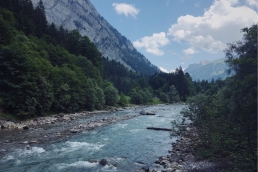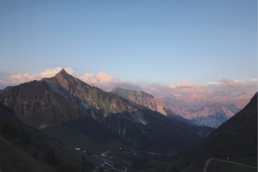Did you like this?
Say hello via social media or drop me an e-mail...
Become Our Trail Angel
Support our work
If you are truly grateful for the impressions and inspiration you receive through travel4stories, we would be delighted if you would become one of our “Trail Angels” and help fill our little digital piggy bank with travel karma. This project is only possible thanks to supporters like you. Even small amounts carry us over long distances.
What goes around, comes around… As a proof, I say thank you for every single donation with a beautiful postcard—mailed directly to your (or a friend´s) physical mailbox. All you have to do is fill in the desired address. Recurring donors get multiple postcards per year. If you don´t need/want postcards, you can still use the donation form and just ignore the address lines.
*Click on the button above and follow three simple steps in the pop-up form of our trusted partner donorbox. Checkout is possible via credit card and PayPal. You can select a one-time or a recurring donation. For recurring donors, a donor account is created automatically. Account setup info will be mailed to you. You have full control over your donation and you can cancel anytime. Your personal data is always secure.
If you prefer donating in other ways, you can become our Patreon, or support us directly via PayPal.
The possibilities to support us with good travel karma are near endless.
Please click here to see them all.
We would like to thank all our supporters from the bottom of our hearts!
Read Great Stuff
Discover Stories & Images, Tours & Trails, Travel Series, and More...
Alpine Crossing Stage 01 — Through the Bregenz Forest
Alpine Crossing, Stage 01: From Oberstaufen (Allgäu, Bavaria, Germany) along the "Cheese Street of the Bregenz Forest" to the Balcony of the Great…
Alpine Crossing Stage 02 — Through the Great Walser Valley
Alpine Crossing from Oberstaufen (Allgäu, Bavaria, Germany) to Chiavenna (Lombardia, Italy) via Bregenz Forest, Great Walser Valley, Liechtenstein,…
Comments
We´re curious what you think














